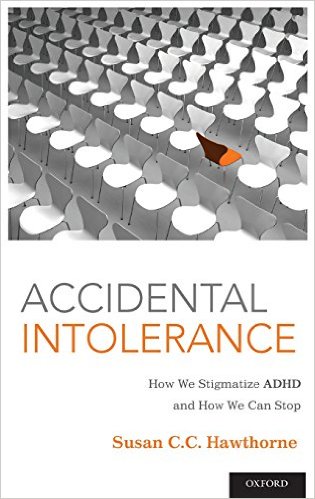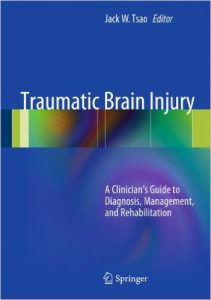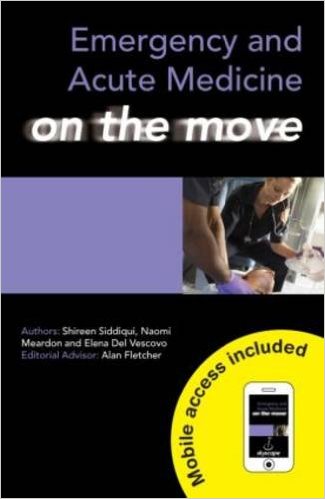Textbook of Neonatal Resuscitation 7th Edition


[amazon template=iframe image2&asin=1610020243]
New 7th Edition!
Powerful resource for interactive, simulation-based teaching and learning!
The Neonatal Resuscitation Program (NRP) is an educational program jointly sponsored by the American Academy of Pediatrics (AAP) and the American Heart Association (AHA). The course is designed to teach an evidence-based approach to resuscitation of the newborn to hospital staff who care for newborns at the time of delivery.
New in the 7th edition!
- Text updated to reflect the 2015 AAP/AHA Guidelines for Cardiopulmonary Resuscitation and Emergency Cardiovascular Care of the Neonate
- Two new chapters added covering post-resuscitation care and preparing for resuscitation
- 140+ new full-color photographs replacing most line drawings
DOWNLOAD THIS BOOK FREE HERE


















